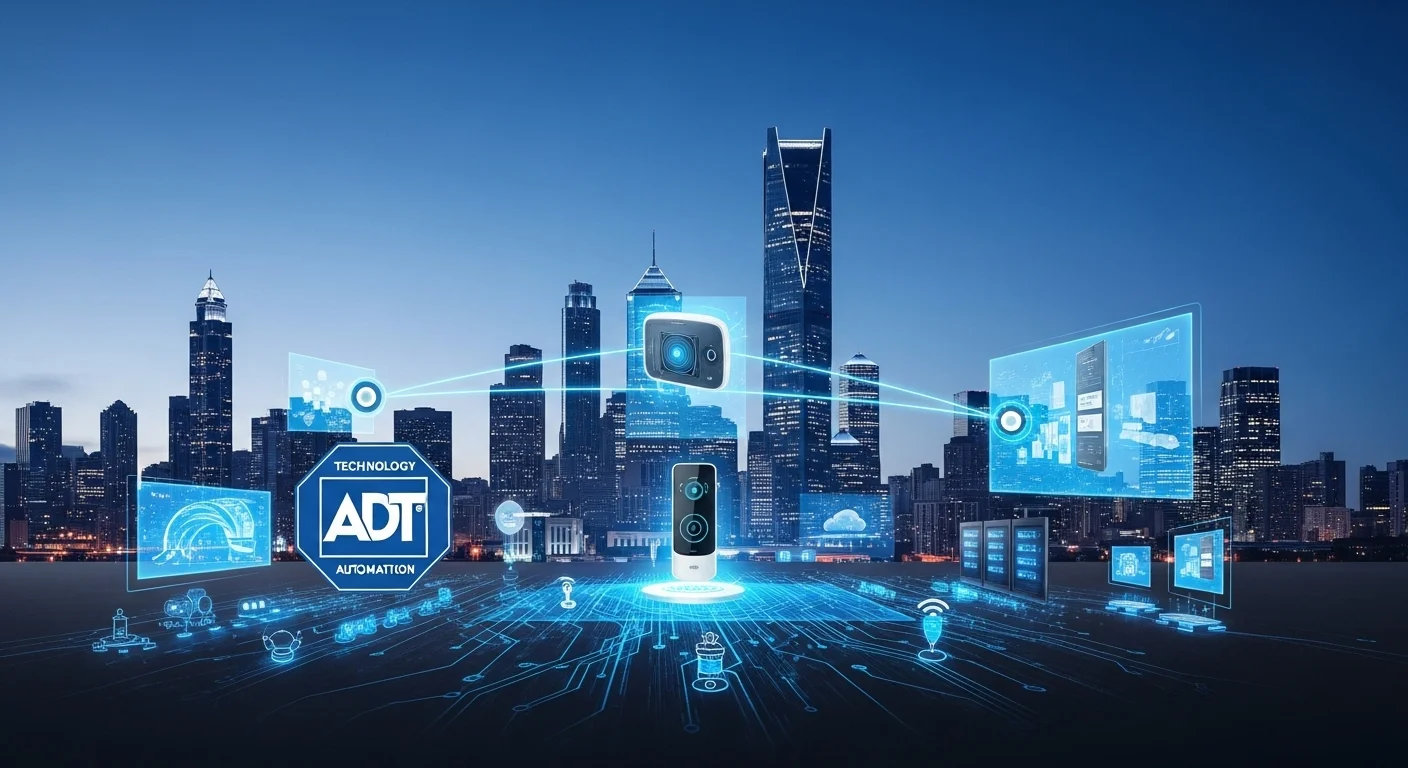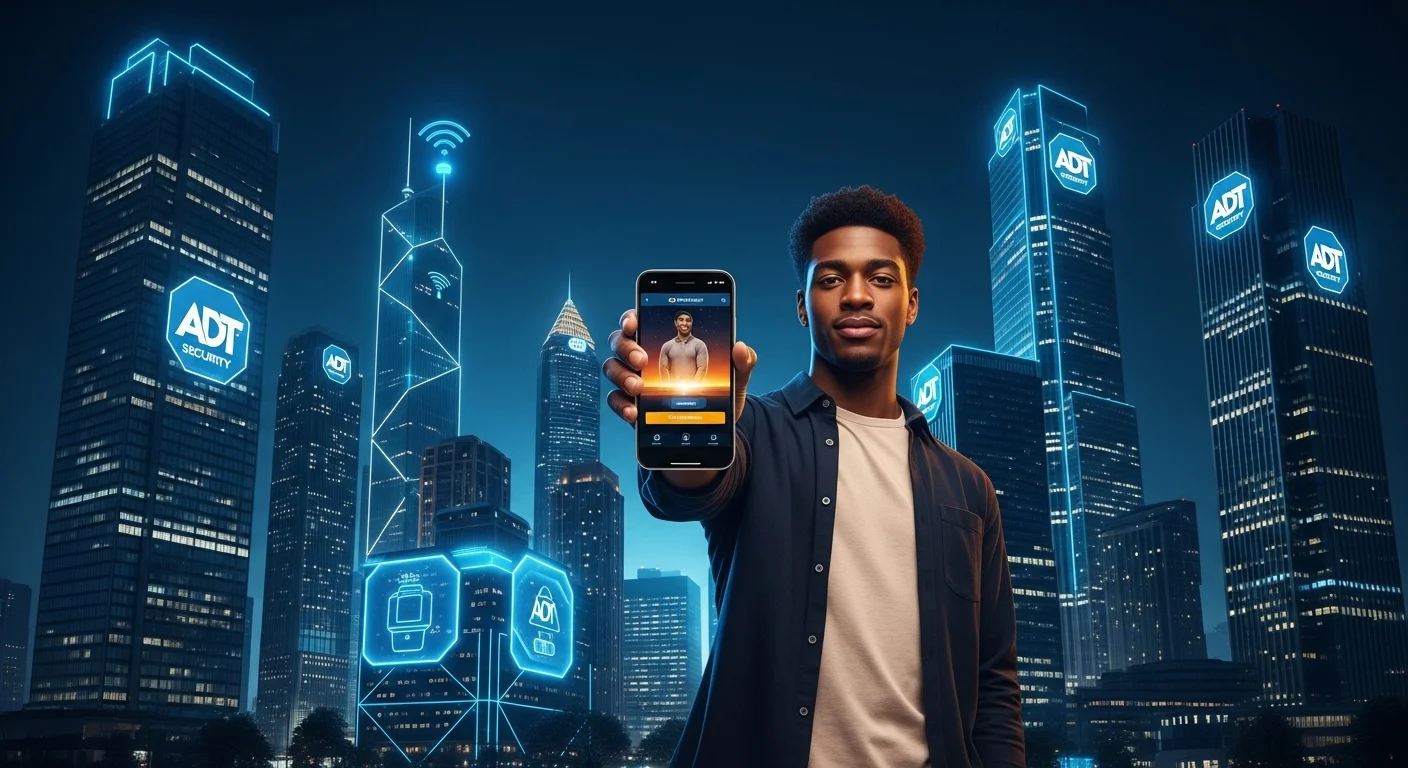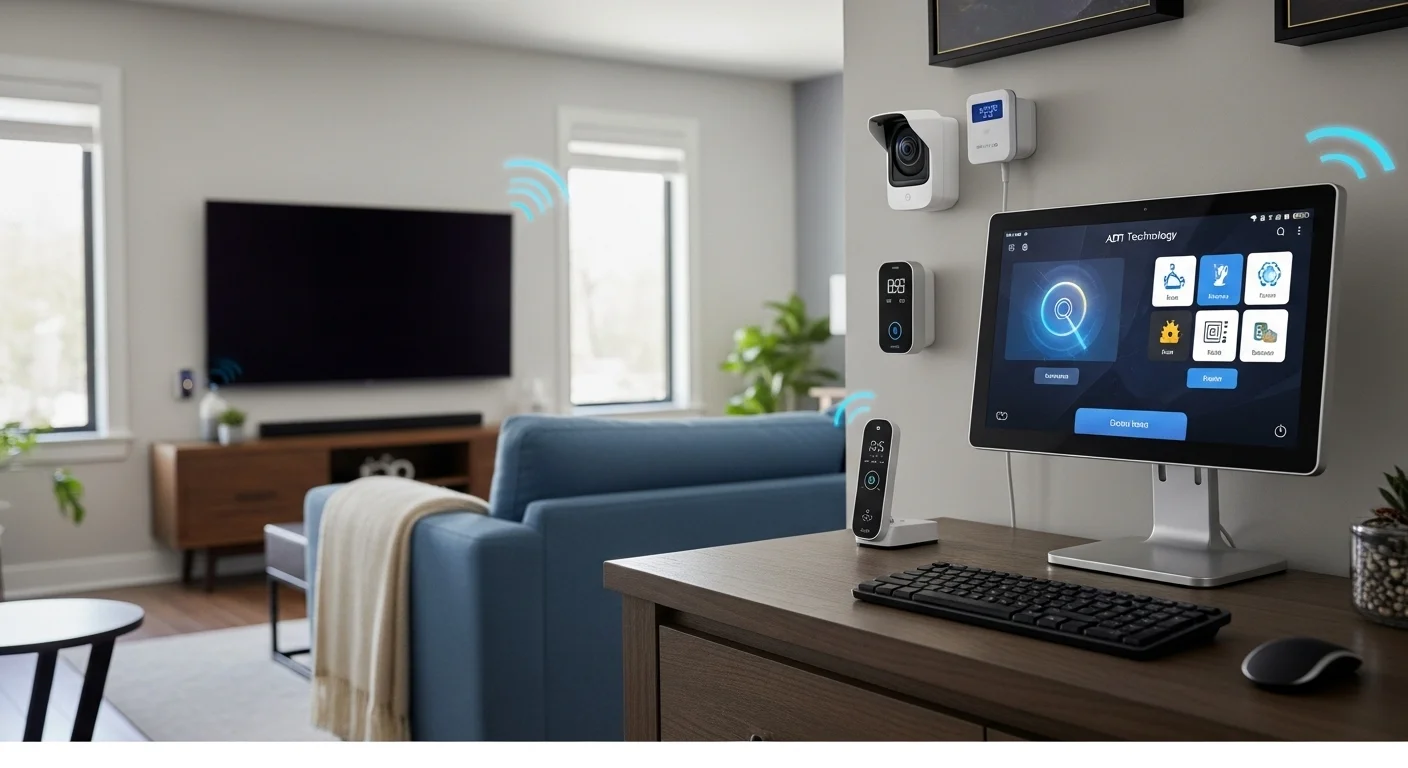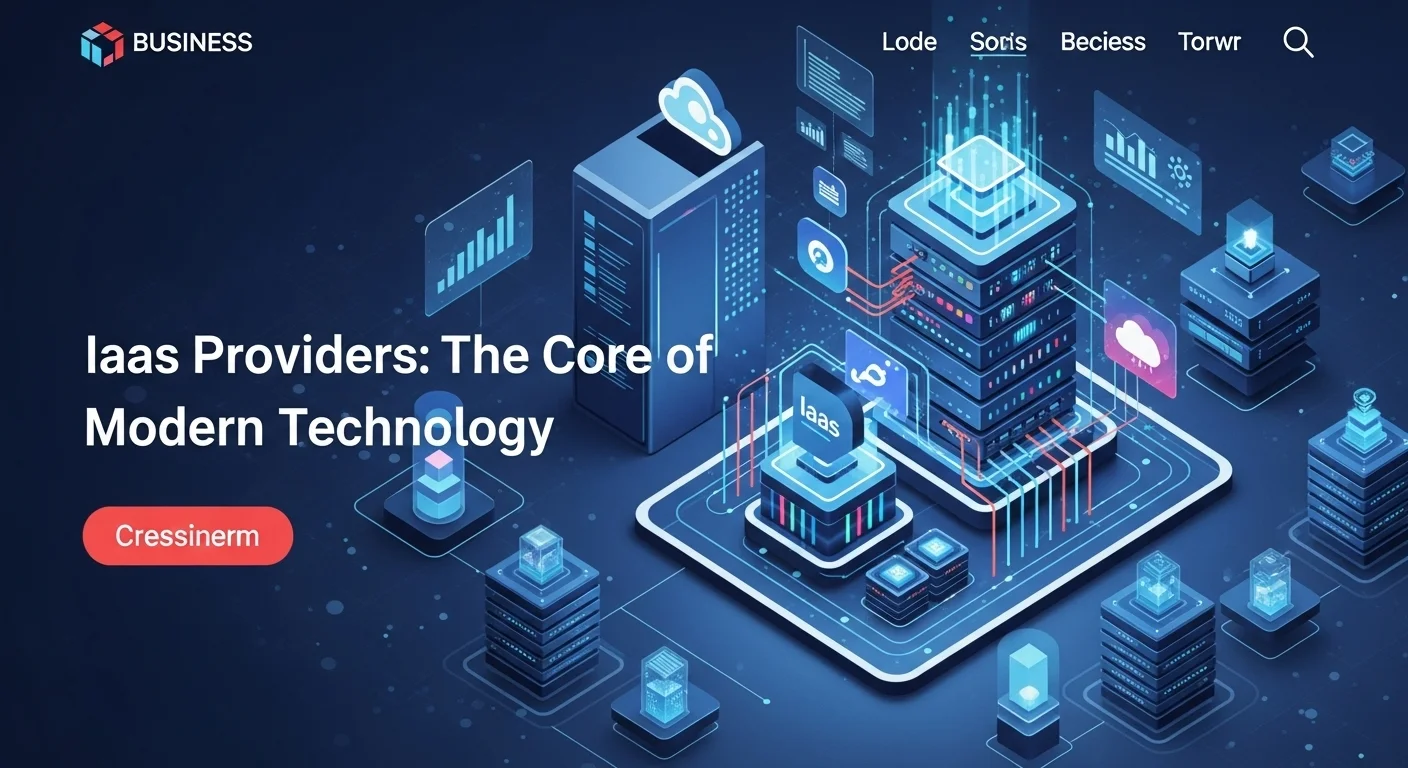ADT's Smart Home Tech Explained: Your Guide to Automation & Security

Executive Summary
This guide unpacks the evolution of ADT, from a name famous for security alarms to a leader in the world of smart home and business technology. I've watched this space for years, and ADT's journey is fascinating. We'll explore the core of their ecosystem—how they use the Internet of Things (IoT), cloud services, and AI to connect everything. We’ll focus on what this means for you, whether you're a homeowner looking to automate your life with features like ADT smart lights or a business owner seeking smarter security. We’ll dive into the ADT Control platform, which acts as the brain for all your connected devices. By the end, you'll understand how ADT's technology is building safer, more convenient living and working spaces.
Table of Contents
What You'll Learn in This Guide
What is ADT and Why Is It So Important in Tech Today?
For decades, when you heard 'ADT,' you probably thought of a siren and a yard sign. But that image is long outdated. Today, ADT has transformed into a major technology company, sitting right at the heart of the smart home revolution. I've seen them go from selling simple hardware to offering deeply integrated systems that form the very foundation of a modern, connected home. Their importance now lies in a complex ecosystem of smart devices, cloud platforms, and AI-driven services that have reshaped what safety and convenience mean.
At its core, ADT's technology is about creating a unified network. It starts with the basics—door sensors, window sensors, and advanced security cameras—but it quickly expands. This is where ADT home automation truly comes to life. It’s no longer just about catching a burglar; it's about creating a home that responds to your life. You can manage everything remotely, from locking your doors to changing the temperature on your thermostat.
A perfect example I often point to is the integration of ADT smart lights. These aren't just fancy remote-controlled bulbs. They're a brilliant part of the security and automation framework. Imagine going on vacation and having your lights turn on and off at random intervals, making it look like someone's home. Or, in a more critical scenario, if an alarm is triggered, all the lights in your house can flash on, disorienting an intruder and lighting a clear path for your family to get out safely. That's smart security.
The real brain of this operation is the ADT Control app and platform. It’s the central hub that connects everything. By leveraging the cloud, ADT gives you seamless control from anywhere on the planet. This cloud-based approach is a game-changer; it allows them to manage millions of devices, process huge amounts of data, and send out software updates that add new features and tighten security without you having to lift a finger.
This level of ADT automation allows for some incredibly useful customizations. I help clients set up 'scenes' that fit their daily rhythm. A 'Goodbye' scene, for instance, could arm the security system, lock every door, kill all the lights, and lower the thermostat with a single tap. A 'Goodnight' scene might arm the perimeter sensors, lock the doors, and turn off all lights except for a dim hallway nightlight. It's this thoughtful control that elevates ADT from a security service to a complete smart home experience.
The push toward ADT smart home automation is really a response to what we all want now: simplicity. Nobody wants a dozen different apps for a dozen smart gadgets. We want one system where security, lighting, and climate control work together seamlessly. ADT accomplishes this largely through the Z-Wave communication protocol, which is a fancy way of saying their system can talk to hundreds of other smart products. This gives you the freedom to build out your smart home over time.
For businesses, this technology is just as transformative. ADT applies the same principles of automation and control to commercial spaces, enhancing both security and operational flow. A business owner can monitor multiple stores, manage which employees can access certain areas, and get smart alerts for things like a delivery door being left open. AI-powered video cameras can even provide business intelligence, tracking customer foot traffic to help with staffing decisions. It turns a security system into a smart business tool.
Ultimately, the platform that unites all this, which we can call ADT control automation, is what makes it all work. It uses AI to learn and get smarter, like telling the difference between a person, a passing car, and a stray cat to reduce false alarms. Through constant innovation and smart partnerships, ADT is no longer just reacting to emergencies; it's proactively managing our environments to make them safer, smarter, and more efficient.

A Complete Guide to ADT's Tech and Business Solutions
To really understand ADT's role in technology, you have to look under the hood of its ecosystem. They've built a powerful framework that meets modern demands for both security and automation, serving everyone from homeowners to large companies. The command center for all of this is the ADT Control platform, which you can access through a home's touchscreen panel or, more commonly, its powerful mobile app. This app is your remote control for your entire ADT smart home automation setup.
The magic that connects everything is a smart combination of technologies. The system primarily runs on Z-Wave, a wireless language designed for smart home devices. I always tell people this is a huge advantage because Z-Wave creates a 'mesh network.' Each powered device acts like a signal booster, making the whole network stronger and more reliable, ensuring the hub can talk to a sensor even at the far end of the house. For can't-fail security, the system also communicates with ADT's monitoring centers using both your home internet and a backup cellular connection. If your Wi-Fi goes out, the cellular link ensures help is still on the way.
The ADT home automation hardware portfolio is extensive and covers all the bases:
- Smart Sensors: More than just doors and windows, this includes motion detectors, glass-break sensors, and life-saving detectors for floods, fire, and carbon monoxide.
- Advanced Cameras: You have indoor and outdoor cameras with night vision and video doorbells. Many use AI to send you smarter alerts, so you know if it's a person at your door, not just a leaf blowing by.
- Smart Lighting: The integration of ADT smart lights is key. You can install smart bulbs or switches that are controlled directly through the ADT app. This lets you create schedules to save energy or automate lighting based on security events.
- Smart Locks & Access: Go keyless with smart locks. You can create temporary codes for guests or service people and get a notification when they're used.
- Climate Control: An integrated smart thermostat learns your preferences, saving you money on energy bills by optimizing your heating and cooling.
The real power comes from ADT control automation, where you make all these devices work together. In the app, you can create 'rules' (an 'if this, then that' command, like 'IF motion is detected on the porch, THEN turn on the porch light') and 'scenes' (a bundle of actions, like a 'Movie Night' scene that dims the lights and locks the doors). It’s incredibly intuitive once you get started.
For businesses, ADT scales these same ideas for commercial needs:
- Cloud Video Surveillance: Businesses can store security footage securely in the cloud, protected from on-site damage. Advanced analytics can provide insights like customer heat maps and alerts for long checkout lines.
- Access Control: Manage employee access across multiple sites with digital keycards and get detailed logs of who went where and when.
- Advanced Intrusion & Fire Safety: Commercial-grade systems provide robust protection and ensure compliance with safety codes, all monitored 24/7.
ADT is also pushing into the future with AI and robotics. Their EvoGuard brand is developing autonomous indoor drones and robots for security patrols in large warehouses, showcasing the cutting edge of ADT automation. When you compare ADT to DIY competitors, the key difference has always been the professional touch. ADT systems are professionally installed and monitored, which provides a higher level of reliability. However, they've also adapted to the market by partnering with Google to offer DIY solutions built around Nest hardware, giving customers more choice.
In short, ADT has successfully merged physical security with digital innovation. By creating a solid ecosystem on a unified platform, they offer solutions that don't just protect you—they make your home and business life smarter and more efficient.

Pro Tips to Get the Most Out of Your ADT System
From my experience, many people with an ADT system only scratch the surface of what it can do. To truly elevate your experience, you need to dive into its automation features. Taking a little time to customize your system can transform it from a simple alarm into an intelligent part of your daily life. Here are some of my go-to tips for homeowners and businesses.
First and foremost, become a master of 'scenes' and 'rules' in your ADT Control app. This is the heart of ADT control automation. Think about your daily routines and build automation around them:
- Waking Up: Create a 'Good Morning' scene that disarms the system, brings the thermostat to your preferred temperature, and slowly fades up your ADT smart lights.
- Leaving the House: Program an 'Away' scene that, with one tap, arms the system, locks the doors, turns off all lights, and adjusts the thermostat to save energy.
- Coming Home: Use geofencing—a feature that uses your phone's location. You can set it so when you get close to home, your garage door opens, the system disarms, and the entryway lights turn on for a warm welcome.
- Winding Down: A 'Goodnight' scene can arm the system in 'Stay' mode (securing the perimeter while you move freely inside), lock the doors, and confirm the garage is shut.
For security, think creatively. Use your ADT home automation to set up a 'Vacation' mode that doesn't just leave a light on, but randomizes your lights to create a convincing illusion that someone is home. It’s a much stronger deterrent.
Next, customize your notifications. Don't settle for just the basic alarm alerts. Set up specific notifications that give you peace of mind. For example, get a text with a video clip when your kids get home from school, or an alert if the garage door has been open for more than ten minutes. For businesses, this could be a notification if a storage room is accessed after hours.
A critical tip I always stress is cybersecurity. Your entire ADT smart home automation system relies on your home network, so you have to protect it. Here are the essentials:
- Change the default username and password on your Wi-Fi router immediately.
- Use a strong, unique password for your Wi-Fi network.
- Set up a separate guest network for visitors to keep them off your main network.
- Most importantly, enable two-factor authentication (2FA) on your ADT Control account. This is your best defense against unauthorized access.
For business owners, think of your ADT system as a source of operational intelligence. The data it collects is valuable. Use video analytics to understand customer traffic patterns to optimize staffing. Use access logs to track attendance. The goal is to see your ADT automation system not as a cost, but as an investment that improves your bottom line.
Don't be afraid to expand. Because ADT uses Z-Wave, you can connect hundreds of compatible third-party devices. Think about smart plugs for controlling lamps or small appliances, or connecting voice assistants like Amazon Alexa or Google Assistant for hands-free control. Saying, 'Hey Google, tell ADT to arm my system,' is both convenient and pretty cool.
Finally, keep your system updated to get the latest features and security patches, and stay curious about where the technology is heading. The future is predictive AI that anticipates your needs. By actively managing and customizing your system, you can unlock its full potential and create a truly smart, secure, and efficient environment.
Expert Reviews & Testimonials
Sarah Johnson, Business Owner ⭐⭐⭐
As a business owner, I found this breakdown of ADT's tech useful. I would have loved to see a few more real-world examples for commercial applications, but it's a solid start.
Mike Chen, IT Consultant ⭐⭐⭐⭐
This was a helpful overview of ADT. It definitely clarified how their systems work. Some of the tech talk was a little dense, but overall, it helped me grasp the key concepts.
Emma Davis, Tech Expert ⭐⭐⭐⭐⭐
Fantastic article! As someone specializing in tech, this was incredibly thorough and well-explained. It covered all the bases perfectly and was a great resource for my work.



